Perhaps the most common problem when sewing a zipper into knitted or crocheted clothing is fixing the fabric on the knitted sections. There is a simple and original solution to this problem - installing a zipper using strings for blocking. This will avoid unnecessary problems and unraveling of yarn loops. This article will tell you in detail how to sew a zipper into a knitted product, such as a sweater.
What you will need for work
Before you begin the main work, you should start with the preparatory stage:
- Prepare the product. The garment must be processed and ironed. This applies in particular to fabric knitted with a hook:
- Next, you need to secure the fasteners using regular pins or other devices;
- The next steps to follow depend directly on the method of fixation, namely: creating a bar, knitting a strip, etc.
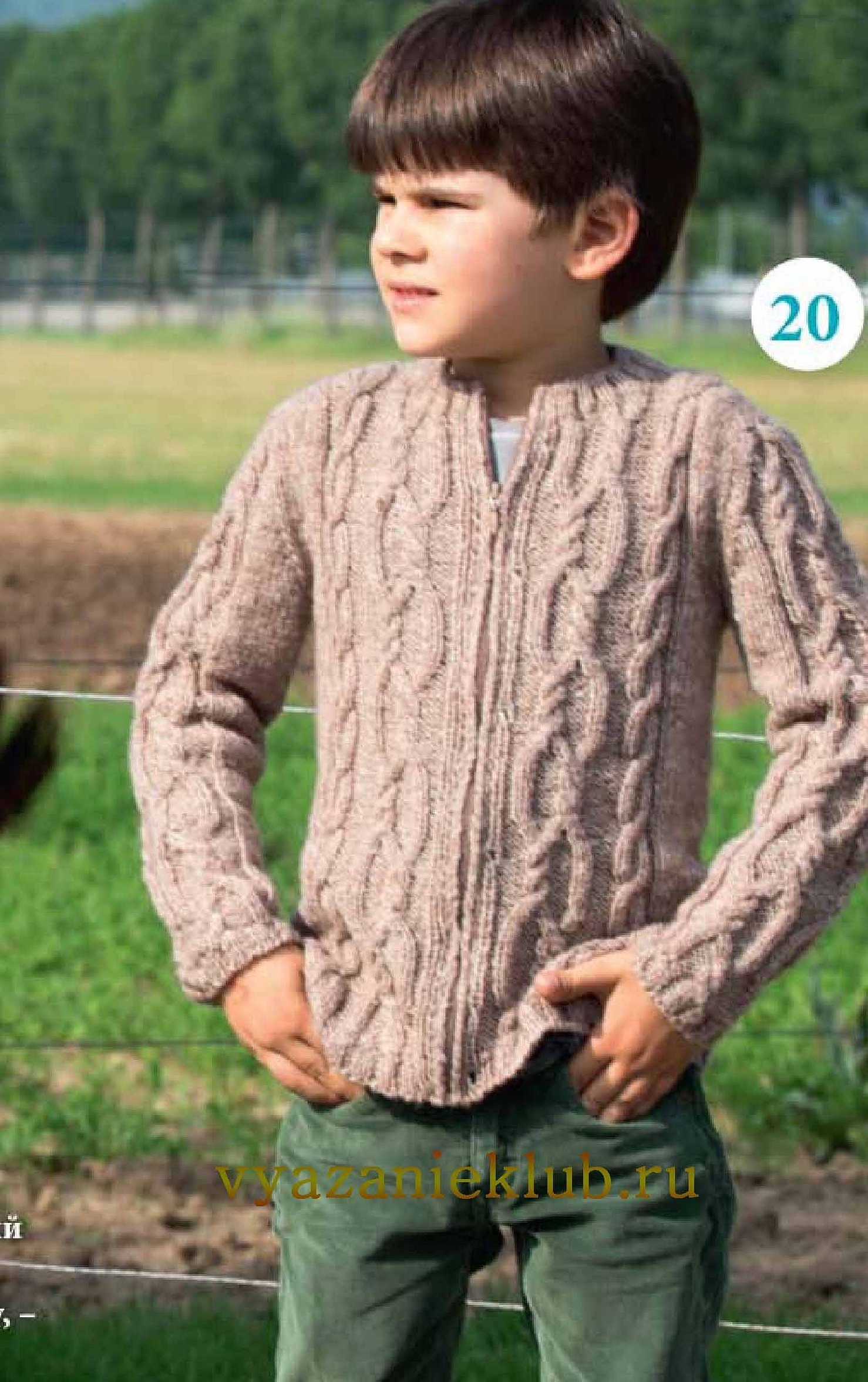
Important! It is worth paying additional attention to the peculiar allowances, their size is 5 mm for the basic version of the fastener.
It is also necessary to prepare materials and tools. Among them:
- Knitting needles and fixing devices;
- Needle and thread to match the color of the product;
- Paper and a simple pencil.

How to sew a zipper into a crochet item
If the product is crocheted, you can use the crochet method. The process consists of several stages:
- Perform processing along the edge line of the fastener in the form of an overlock seam;
- After that, you should knit the side that has already been knitted, near the single crochets;
- The final stage is sewing the zipper to the main fabric.
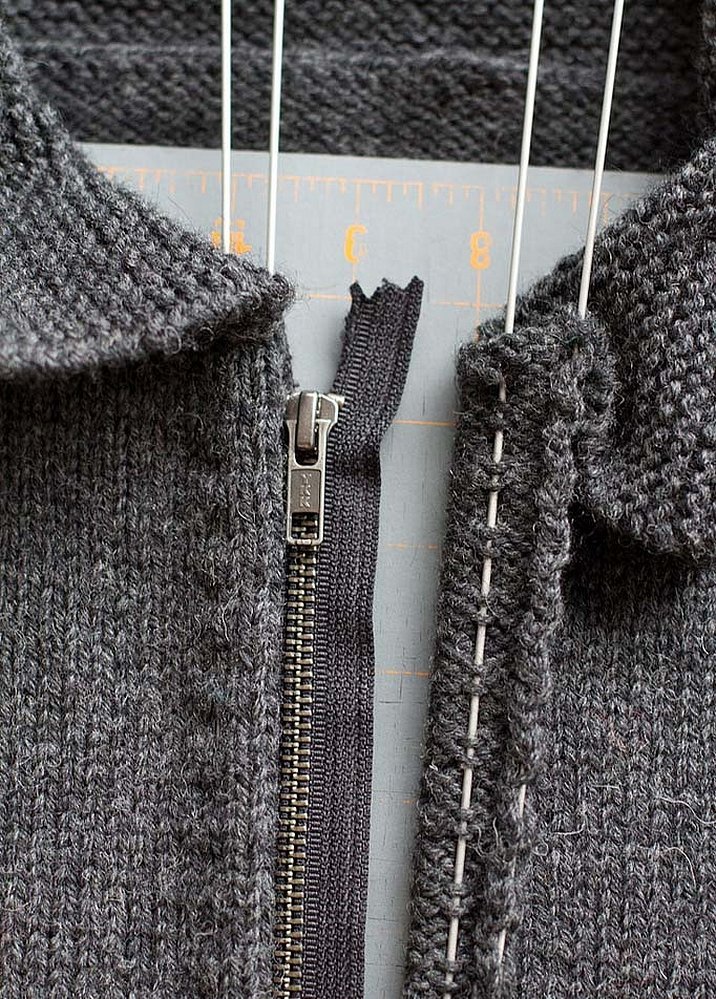
How to Hand Sew a Zipper into a Knitted Sweater
Literally the most common method of sewing in a zipper is to use a bar to insert the zipper into a knitted product. This method is often used in practice due to its simple technology. To sew a zipper into a knitted sweater, you need to:
- Along the edges of the product, cast on the required number of loops in order to knit the sticks from the front side;
- In a similar way, make a part of the stick from the wrong side;
- Place the zipper in the central part of the prepared item and secure it with needles, pins or a basting stitch;
- Make a connecting seam and the work can be considered complete.
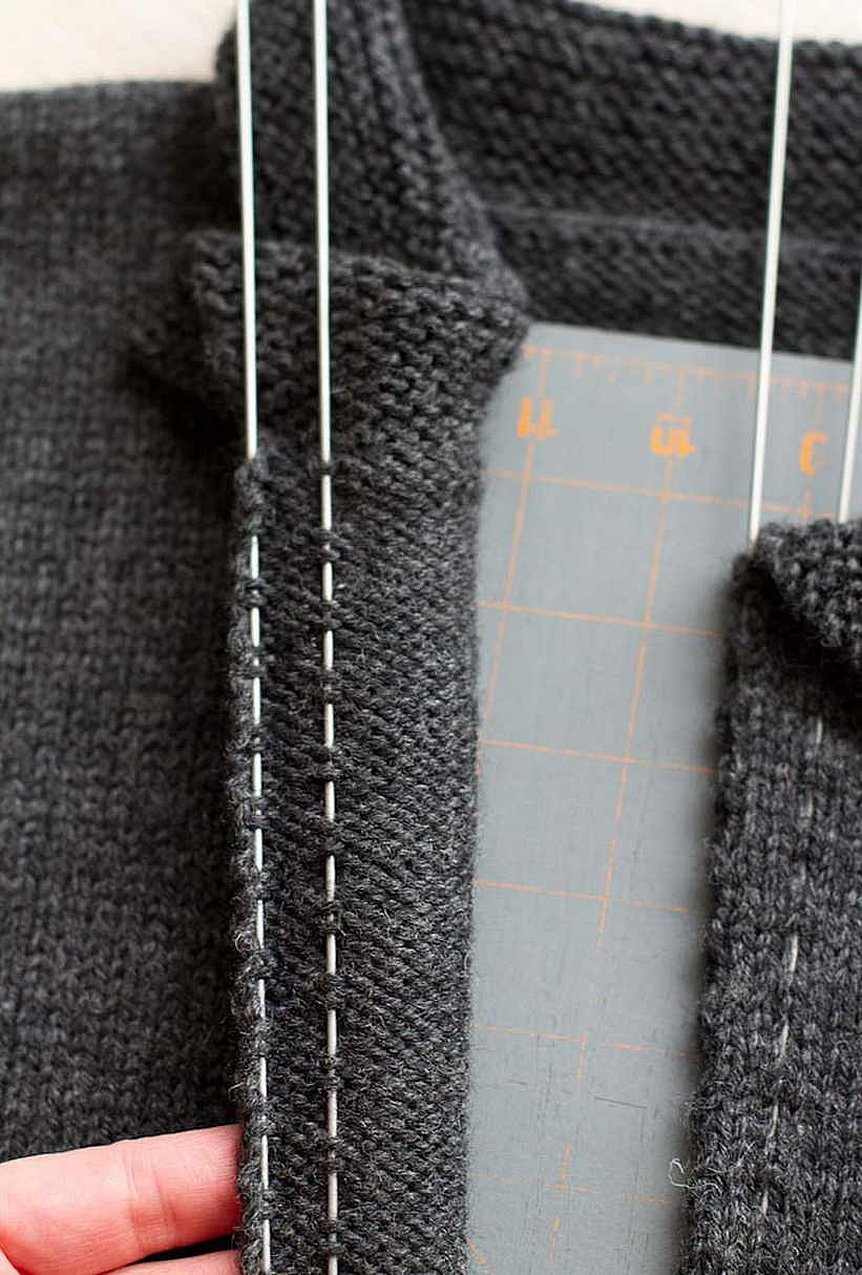
There are zippers of a fixed size available in specialized stores. To get the required size, you should buy a sufficiently long length, and then cut off the excess.
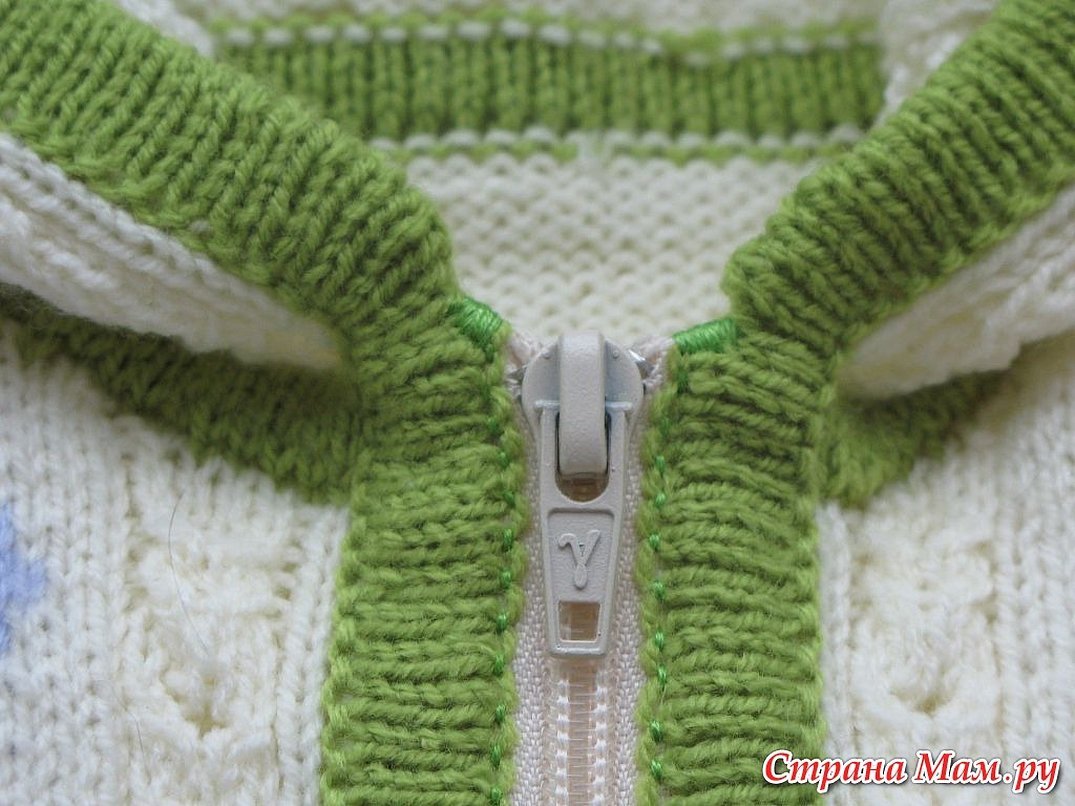
Using air loops
Another useful method is sewing a zipper into a knitted item using a stitch of air loops. In order to do the job well, you should follow certain steps, namely:
- First, you need to sew a line of stitches on the clasp using a thread that matches the color;
- After which a series of single crochet stitches are worked, capturing the edge of the fabric and the zipper stitches;
- This type of procedure should be performed from the front side of the product.
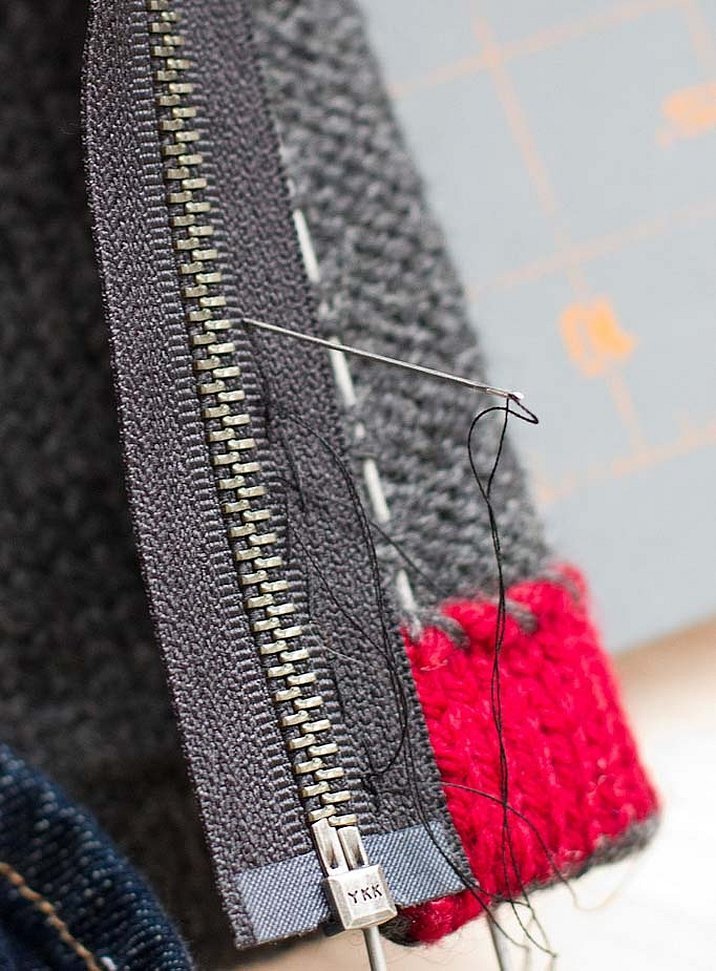
Useful tips
In order to avoid difficulties during work and to do it more efficiently, you should pay attention to some tips that will help you avoid mistakes and will contribute to the quality of work, namely:
- The zipper should be chosen exactly to match the color of the desired product. This way the zipper will not stand out from the overall appearance and will look attractive even if it is sewn along the entire length of the knitted product;
- The upper edge of the zipper must be at the level of the collar, and if the size does not match, the excess must be cut off;
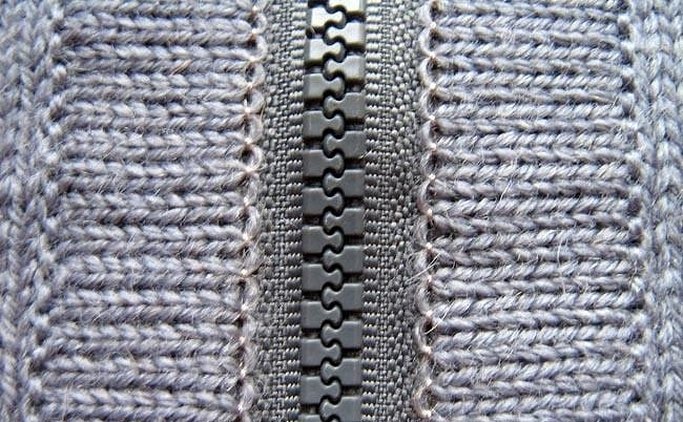
- It is advisable to attach the fastener to the clothes using hand stitches. It should be sewn with two lines on the machine, one of which should be at a distance of about three millimeters from the edge, and the second about six;
- In cases where additional fixation is required, you can use safety pins, which should not be removed when using a sewing machine;
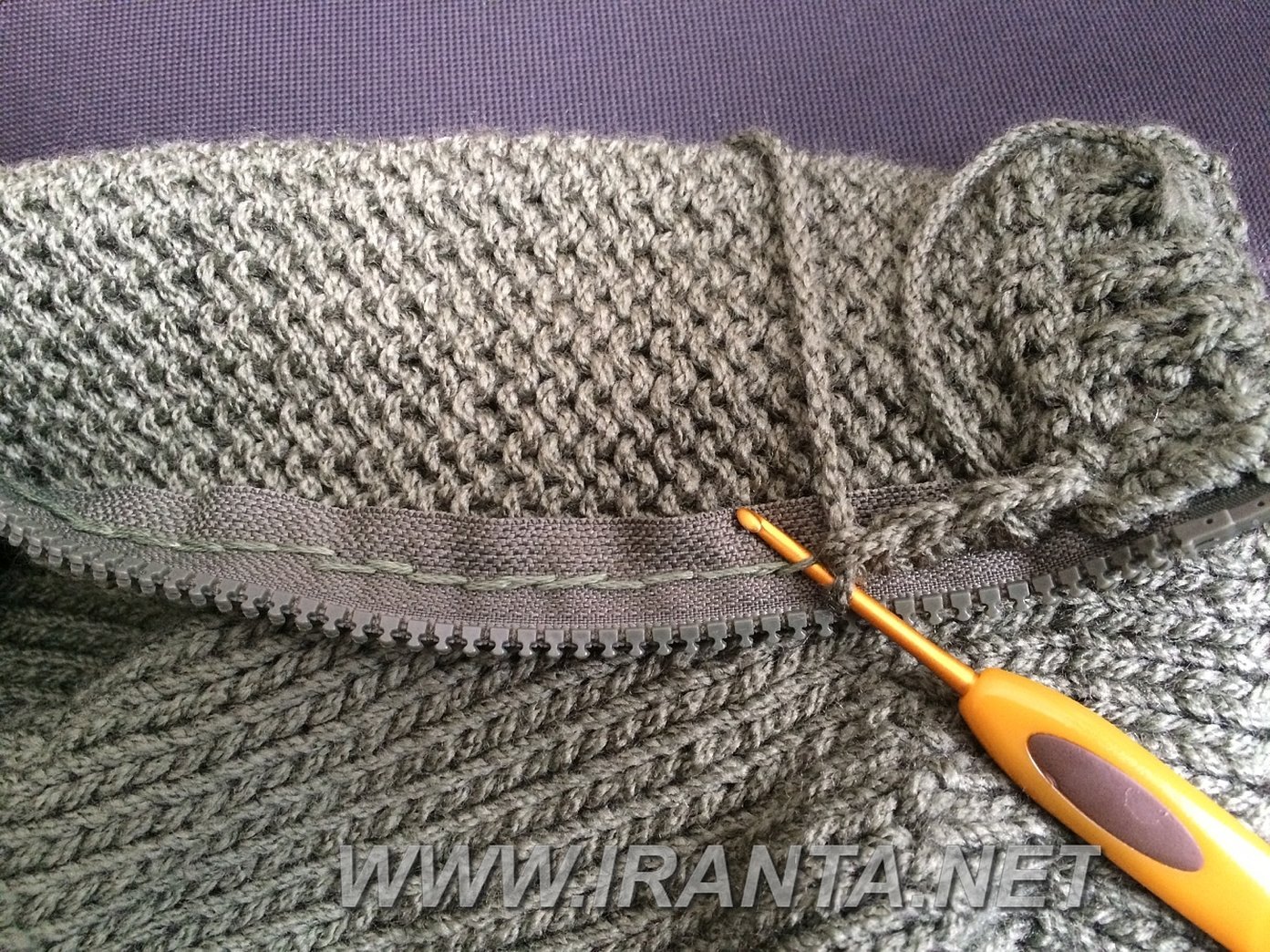
- In order to avoid the dog getting in the way during work, you should remove the paw and return it back after finishing work;
- After completing the work, it is necessary to remove the remaining threads from the hand stitches and, to secure the result, go over the seams with an iron;
- It is also important to remember to leave small pieces of zipper to decorate its edges.
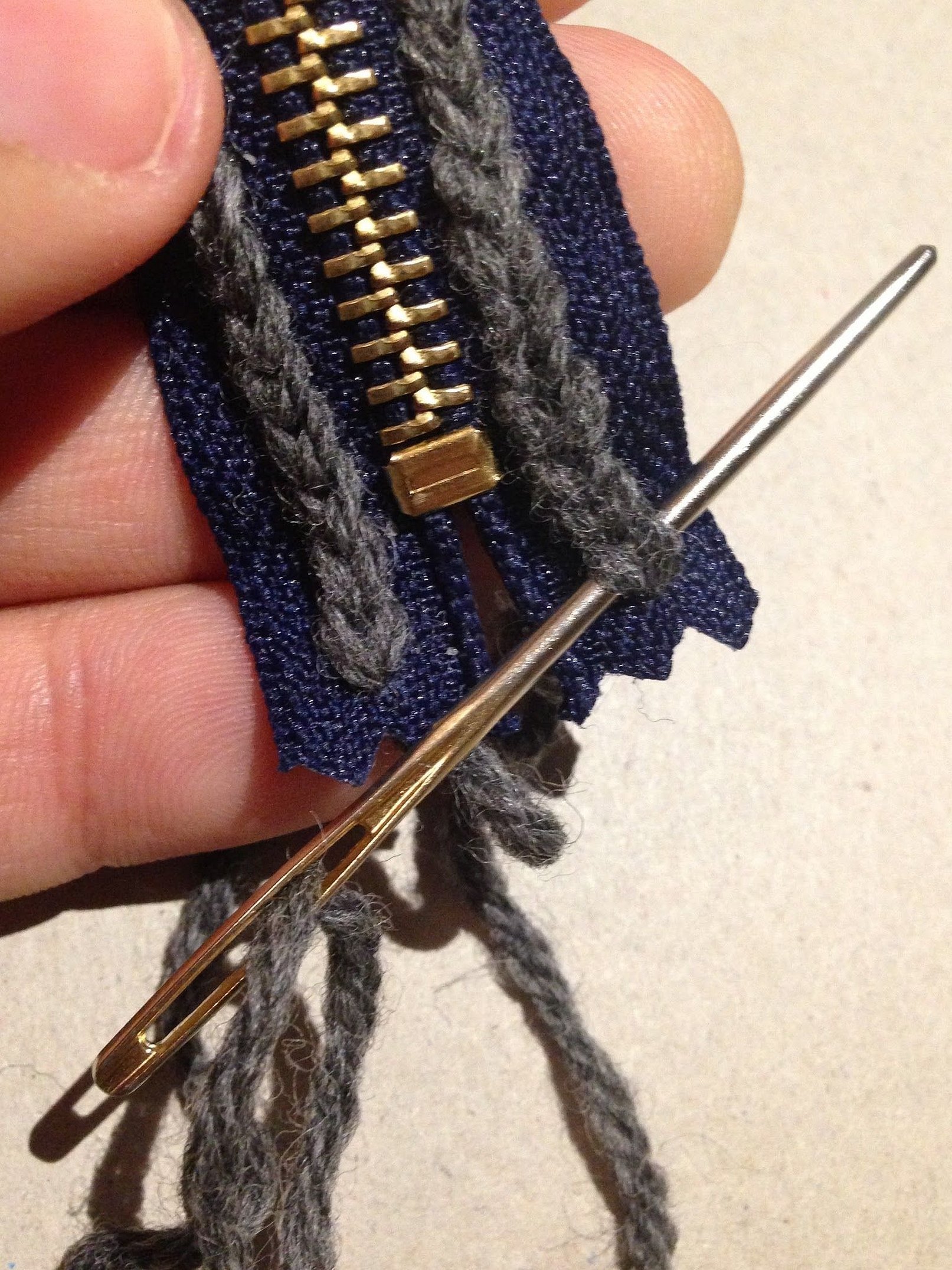
It is not necessary to go to a studio and spend money to sew in a zipper, but to do this procedure yourself at home. This activity may seem difficult and labor-intensive at first, but each time the experience will increase, and thus the work will be simplified. It is enough just to adhere to the technology and have a little free time.

Now it is clear how to sew a zipper to a knitted product and what is needed for this. The process, contrary to the expectations of many people, is simple and will not spoil the appearance of the knitted material. You can find a large number of master classes on this lesson on the Internet




